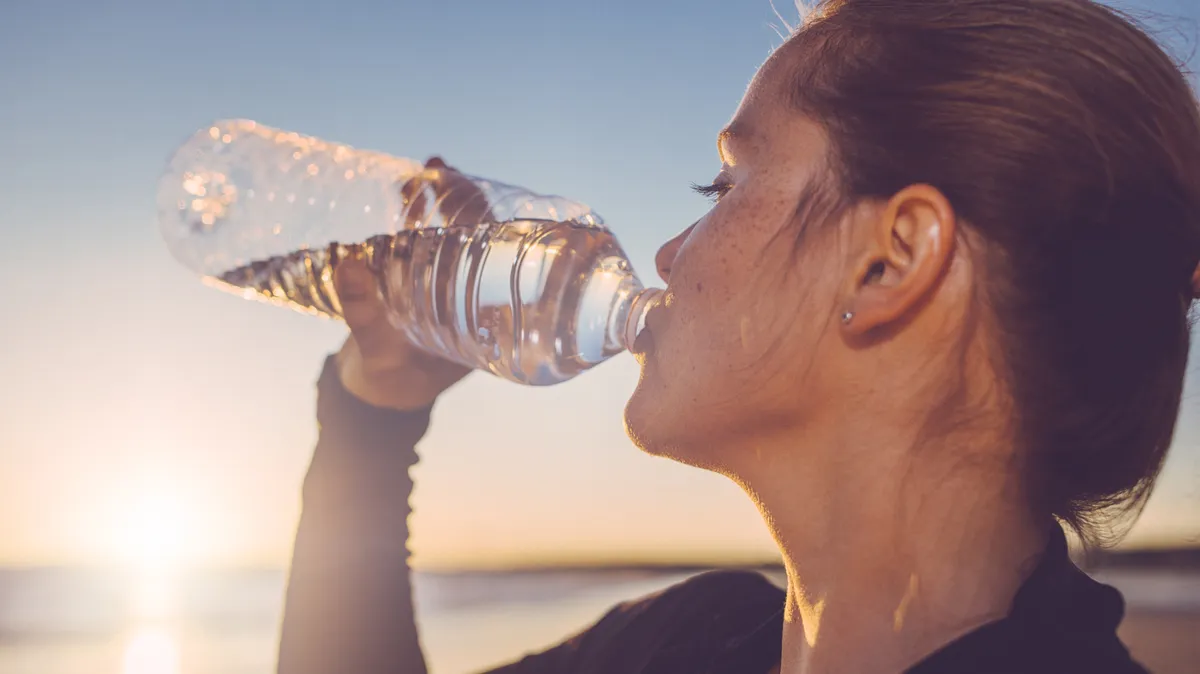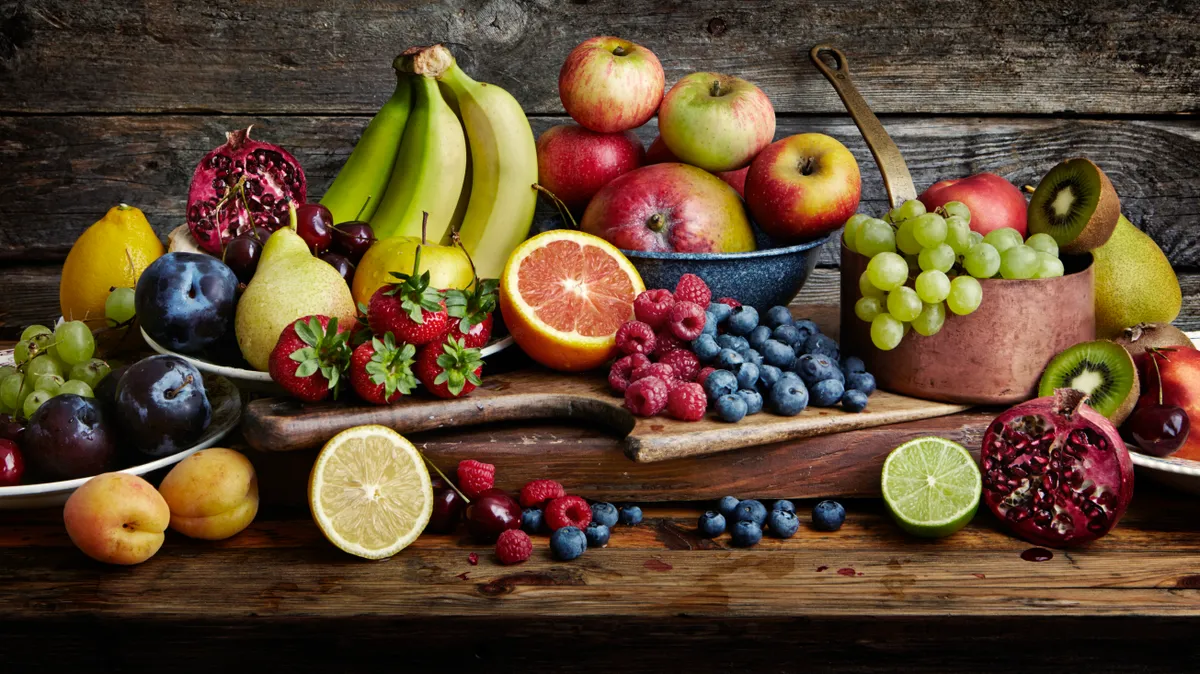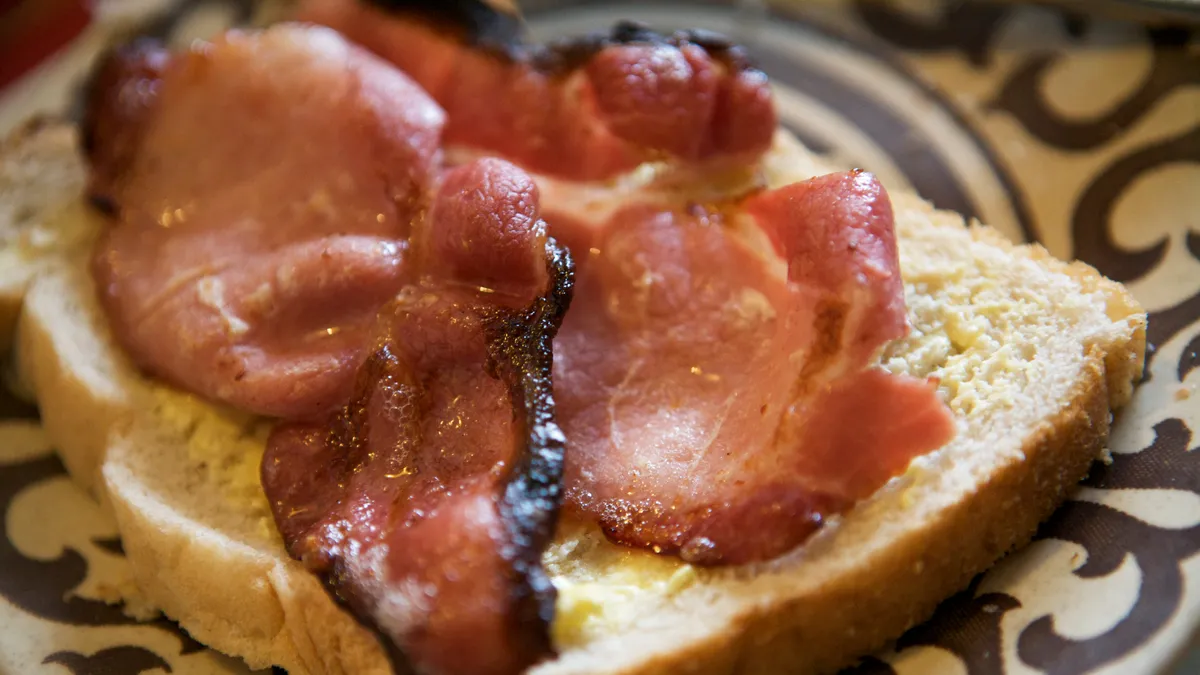It's no secret that a diet high in fruit, nuts and fish is a healthy one, but eating well might also be your best defence against ride-ruining injuries. Let's look at the best foods to help you recover from a cycling injury.
Obviously we’re not going to tell you that eating a banana will fix a broken leg and, as far as we know, coffee and walnut cake is no cure for concussion, but sensible diet choices really can reduce post-ride soreness and speed up recovery from strains and knocks.
Simply riding a bike results in inflammation of your muscles, as exercising causes microscopic damage to them – which is why you ache after a long or hard ride. Pulling a muscle, or crashing and removing layers of skin, leads to inflammation on an even grander scale but while it’s uncomfortable, some inflammation is actually healthy.
“During the inflammatory reaction, the body produces chemicals and cells that remove dead muscle fibres and start the repair process,” explains Claire Small from the Chartered Society of Physiotherapists. “And you can help that repair process by eating the right foods.”
There are certain nutrients that will actually help your body repair itself. Vitamin C, for example, is essential for the manufacture of connective tissue. Think of it as biological ‘glue’, holding cells together. Most injuries will tear or damage connective tissue, and increasing your intake of vitamin C will greatly help the manufacture of new cells and assist the overall healing process.
You should aim to eat more vitamin C because, as humans, we are one of the few species who cannot manufacture the vitamin in our body
You should aim to eat more vitamin C on a daily basis, because, as humans, we are one of the few species who cannot manufacture the vitamin in our body. It’s also a water-soluble nutrient and not effectively stored in the body. On top of all that, vitamin C is a delicate molecule, easily destroyed by heat, light and exposure to oxygen.
Fortunately, though, it’s stable in an acid environment, which is why fruit such as kiwis, blackcurrants, tomatoes, oranges, lemons and grapefruits are good sources.
Unhealthy inflammation
On the flip side, too much inflammation can be unhealthy, speed up wear and tear and promote injury. The trigger for this process is the release of cytokines – highly pro-inflammatory molecules. It’s generally agreed that the shift in eating habits over the last couple of decades has resulted in the increased production of cytokines. One cause that’s been suggested is the reduction in wholegrain foods and the increase in processed products that are consumed.
This has affected the type and amount of fat that the average person eats. It’s also been suggested that processed foods and intensively reared meat contain more ‘inflammatory’ omega 6 fats and fewer omega 3 fats, compared with wholegrain foods and organic or free-range meat.
There’s certainly no such thing as ‘healthy’ cramp, but it’s a common problem for cyclists. The exact cause of the locking of your muscle fibres and intense pain while the muscle remains in a contracted state is not known.

Dehydration and/or an imbalance of electrolytes are known to lead to cramp. To reduce your risk of cramp, drink plenty of water and eat plenty of fruit. The former will ensure that you’re fully hydrated before setting off on a ride and fruit is a rich source of potassium, which plays an essential role in muscle function.
Injury beating foods
Almonds: a good source of vitamin E which helps prevent scar tissue formation. If you have rough skin or a rash that won't heal, vitamin E capsules can help. Apart from swallowing the supplement, the vitamin works directly on skin. Pierce the gel capsule and squeeze the oil onto the wound or rub over any dry patches.
Honey: a fabulous antiseptic and wound healer. Seek out honey in the comb and spread the wax and sweet honey on your toast.
Mackerel or salmon: both fish types are good sources of omega 3 fats, which are anti-inflammatory.
Kiwi fruits, strawberries and blackberries: rich sources of vitamin C, essential for wound healing.

Red grapes (not green or white, or red grape juice): rich in potassium and a good source of the antioxidant quercetin, which helps the healing process. Dilute the juice 50:50 with water for a refreshing drink to put in your water bottle to help prevent muscle cramp and keep you hydrated.
Foods to avoid if you're injured
Deep-fried foods (including potato fries): these contain too many of the inflammatory omega 6 fats. Try a baked potato with a tuna fish filling instead.
Cured hams, bacon, sausages and meat pies: these are high in salt and may promote muscle cramps.
Cakes and cookies: these are highly refined foods with a lot of sugar and fat. They will displace other foods that have a higher nutrient density.
